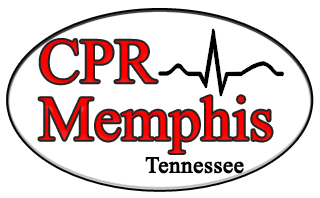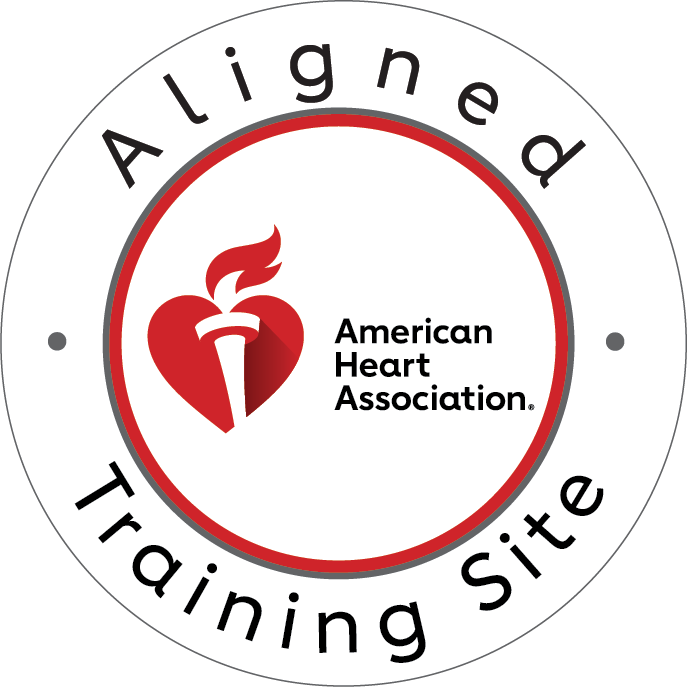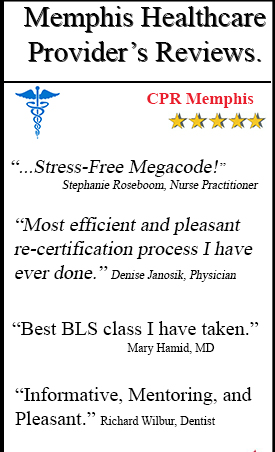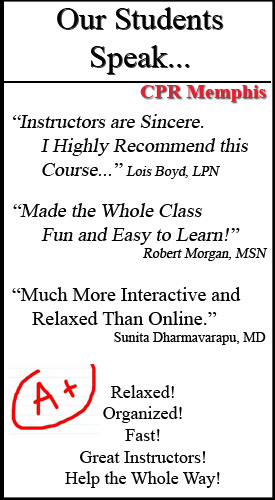Cardiopulmonary Resuscitation, or CPR, is a crucial, life-saving technique that buys valuable time for a person experiencing cardiac arrest until advanced medical help arrives. It’s an intervention founded on the dual actions of chest compressions and rescue breathing, designed to manually circulate blood and oxygen to the brain and other vital organs. While compressions are often given center stage, the importance of proper ventilation cannot be overstated.
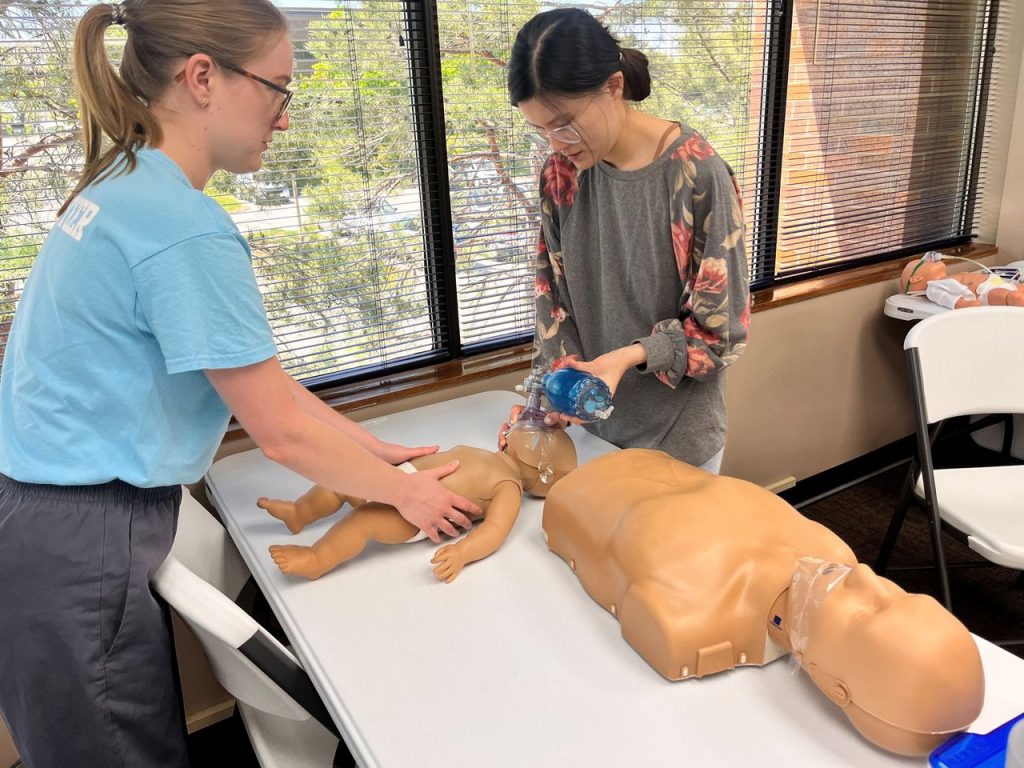
Understanding Hyperventilation in CPR
However, a common and potentially fatal error known as hyperventilation—excessive breathing during resuscitation—can inadvertently undermine these heroic efforts, turning a life-saving action into a dangerous compromise. Every rescuer needs to grasp this concept and master the techniques that ensure adequate ventilation, not excessive ventilation.
What is Hyperventilation?
To truly understand this hazard, we must first clearly define what hyperventilation means in the context of CPR. It is providing too much air, too quickly, or too frequently to the patient. This scenario typically unfolds during the rescue breathing phase, whether a rescuer is using a barrier device for mouth-to-mouth resuscitation or a bag-valve-mask (BVM). The crucial distinction lies between adequate ventilation, which involves seeing the chest gently rise, and excessive ventilation, which is marked by forceful, rapid, or overly frequent breaths. Even a well-intentioned rescuer can easily fall into the trap of believing that more breaths equal more oxygen, a fallacy that is not only untrue but actively harmful.
Why Does Hyperventilation Happen During CPR?
The question then becomes, why does this happen, especially when a rescuer is trying their absolute best to save a life? Several factors contribute to this dangerous practice.
- Often, the rescuer is gripped by anxiety and the stress response inherent in an emergency.
- There is a powerful instinct to “help more” by increasing the speed or volume of every intervention, including breathing faster than necessary.
- Furthermore, a lack of proper training or the failure to retain precise skill details from a course taken months or years prior contributes significantly.
- In a high-stakes scenario, our perception of time can also become severely distorted, making a breath delivered every six seconds feel much slower than it truly is.
The Dangers of Hyperventilation During CPR
The consequences of this error—the dangers of hyperventilation—are profound, directly sabotaging the effectiveness of CPR.
Impact on Blood Circulation
The primary negative impact is on blood circulation. Giving too many or too forceful breaths causes a sharp increase in intrathoracic pressure, the pressure within the chest cavity. This elevated pressure acts as a barrier, reducing the venous return of blood to the heart. With less blood returning to be pumped out, the heart’s overall output decreases, which critically reduces coronary perfusion, meaning less blood flows to the heart muscle itself. Ultimately, this compromises the very purpose of CPR.
Effects on the Patient’s Physiology
Beyond the mechanical impact on circulation, hyperventilation also disrupts the patient’s internal physiology. Despite the rescuer’s attempt to deliver more oxygen with every extra breath, the rapid breathing actually leads to a decrease in the concentration of carbon dioxide in the blood. This reduction, known as hypocapnia, causes the blood vessels in the brain to constrict, resulting in reduced cerebral blood flow. Ironically, giving more breaths leads to less oxygen delivery to the brain. Additionally, excessive force or volume increases the likelihood of air being forced into the stomach, causing gastric inflation, which significantly raises the patient’s risk of aspiration—breathing stomach contents into the lungs—a life-threatening complication.
Statistical Impact on Survival Rates
Research findings consistently demonstrate that uncontrolled hyperventilation negatively impacts survival rates and severely compromises the effectiveness of the chest compressions being performed.
Proper Ventilation Techniques in CPR
Mastering proper ventilation techniques is essential to avoid this pitfall. Current American Heart Association (AHA) guidelines are explicitly designed to prevent hyperventilation. For adults with an advanced airway in place, the rate is strictly one breath every six seconds, which totals ten breaths per minute. Without an advanced airway, the compression-to-ventilation ratio for adult CPR is thirty compressions followed by two breaths (30:2). Although pediatric considerations vary slightly, the core principle remains consistent: slow, controlled breaths.
How to Avoid Hyperventilation
A rescuer must focus on techniques to avoid hyperventilation by watching only for a visible, gentle chest rise with each breath, ensuring each breath lasts a full one-second duration, and counting aloud to maintain the proper timing. Tools like bag-valve-mask devices require correct use, and the implementation of two-person CPR teams can drastically improve coordination. In advanced settings, metronomes or capnography monitoring provide objective feedback on performance.
Hyperventilation in Different Settings
These guidelines must be applied with special considerations depending on the clinical environment. Pre-hospital care scenarios and in-hospital cardiac arrests present different challenges, but the standard of basic versus advanced life support ventilation remains centered on precision. Crucially, effective team communication is the bedrock of preventing hyperventilation. This involves clearly designating roles during resuscitation, providing verbal timing cues, and rotating rescuers regularly to prevent the rescuer fatigue that often leads to a breakdown in precision. Team leadership must actively manage the tempo of the rescue effort.
Training and Prevention
The key to preventing this critical error lies squarely in the quality of initial and ongoing CPR training. The role of quality CPR training involves much more than simply memorizing ratios. It necessitates hands-on practice, often incorporating real-time feedback devices that show a rescuer when they are breathing too fast or too forcefully. Regular recertification and skill updates are vital, as is stress inoculation through realistic scenarios that build muscle memory and confidence under pressure.
What to Expect in Professional CPR Courses
Professional CPR courses must specifically address hyperventilation awareness, drill proper ventilation rates, and build the confidence necessary for rescuers to trust the correct, slower tempo. CPR Memphis offers stress-free, hands-on AHA courses designed to build your confidence and competence. Our expert instructors ensure you learn proper ventilation techniques that can save lives, reinforcing the discipline needed to provide adequate, precise, and effective care without falling victim to the life-threatening mistake of hyperventilation.
FAQs About Hyperventilation in CPR
- What is hyperventilation during CPR, and why is it dangerous?
Hyperventilation during CPR occurs when rescuers provide too many breaths or breaths that are too forceful during resuscitation efforts. This is dangerous because excessive ventilation increases pressure in the chest cavity, which reduces blood flow back to the heart and decreases the effectiveness of chest compressions. When blood return to the heart is compromised, less oxygenated blood reaches the brain and vital organs, ultimately reducing the patient’s chances of survival.
- How can I avoid hyperventilating a patient during CPR?
To prevent hyperventilation, follow the American Heart Association’s recommended compression-to-ventilation ratio of 30:2 for single rescuers. Deliver each breath over approximately 1 second—just enough to make the chest rise visibly. Avoid giving breaths too quickly or forcefully. If performing continuous chest compressions with advanced airway management, provide 1 breath every 6 seconds (10 breaths per minute) without pausing compressions. Staying calm and counting your breaths helps maintain proper rhythm.
- What are the signs that hyperventilation is occurring during CPR?
Signs of hyperventilation during resuscitation include excessive chest rise with each breath, gastric distention (stomach inflation), and difficulty maintaining effective chest compressions due to increased intrathoracic pressure. Rescuers may also notice they’re delivering breaths more frequently than recommended guidelines suggest. Monitoring devices may show decreased end-tidal CO2 levels if available. Being aware of your breathing rate and watching for these physical signs helps you adjust your technique.
- How does proper CPR training help prevent hyperventilation errors?
Quality CPR training, such as BLS for Healthcare Providers courses, teaches rescuers the correct ventilation rates, breath volumes, and timing through hands-on practice with feedback devices. Training helps develop muscle memory for proper technique and builds confidence to perform CPR calmly under pressure. Instructors can identify and correct hyperventilation tendencies before they become habits. Regular certification renewal ensures rescuers stay current with evidence-based guidelines and maintain proficiency in delivering effective, balanced resuscitation care.
Perfect Your Lifesaving Skills Today
Don’t let improper technique compromise your ability to save lives. Master the correct CPR and ventilation techniques through CPR certification in Memphis at CPR Memphis, an American Heart Association training site. Our stress-free, hands-on BLS classes in Memphis ensure you gain the confidence and skills to perform effective CPR without common errors like hyperventilation. Whether you need initial certification or renewal in BLS for Healthcare Providers, ACLS, PALS, or CPR and First Aid, we provide the best training experience in Memphis. Contact CPR Memphis today and become the skilled rescuer your community needs!

